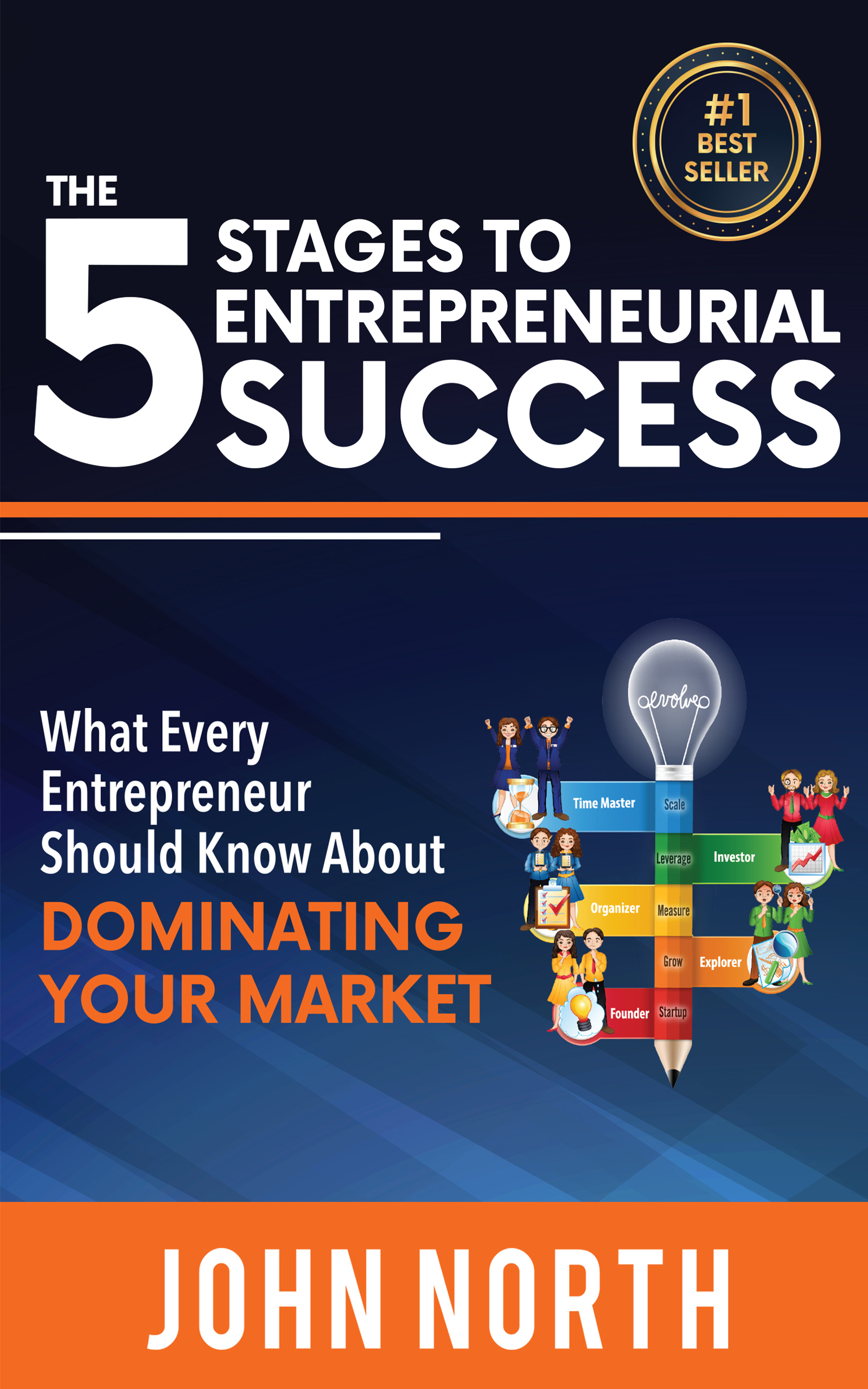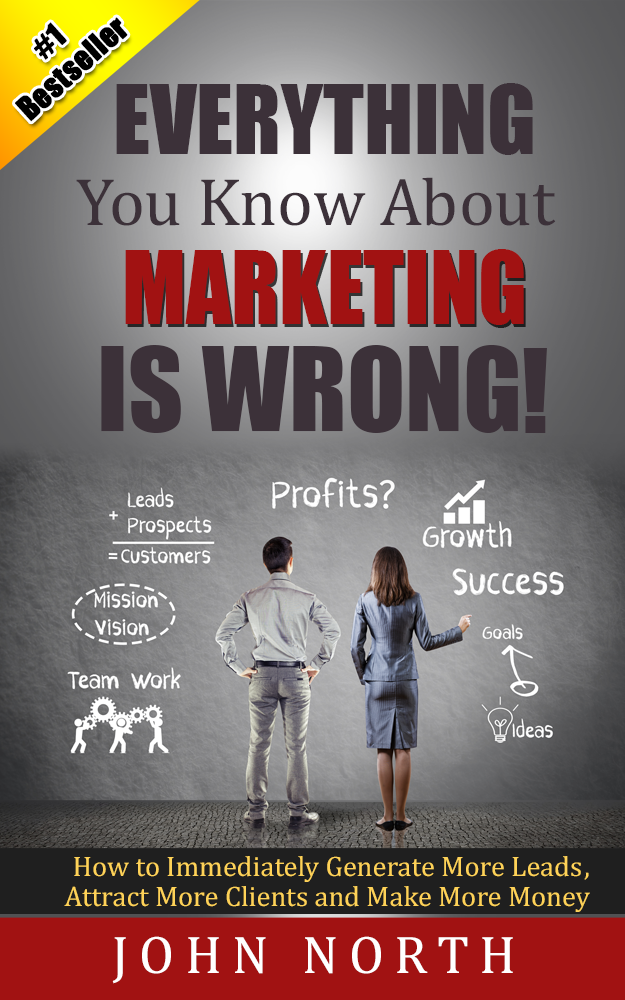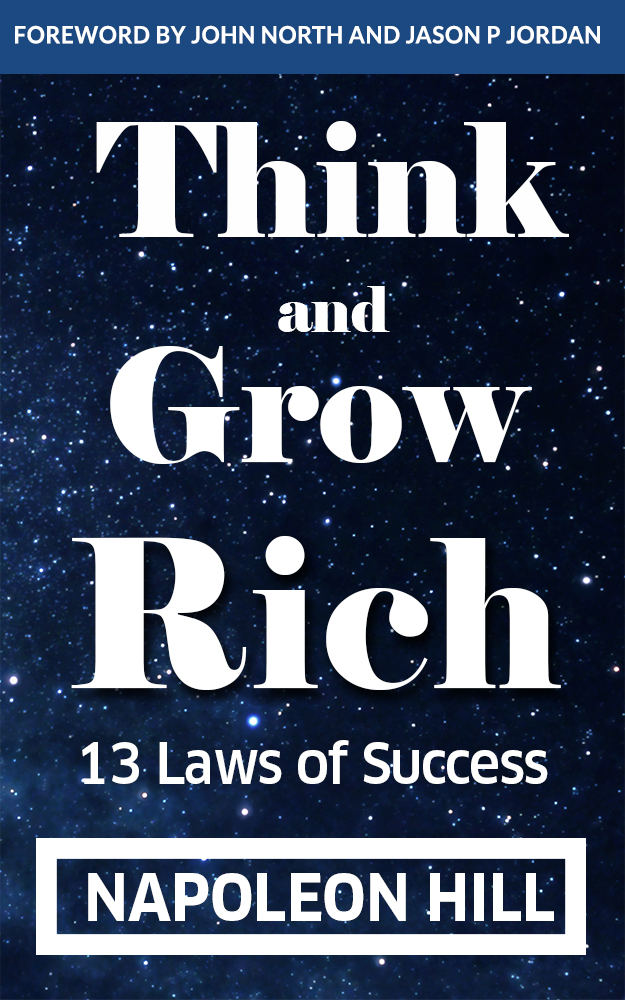Welcome to the Evolvepreneur A.I. Advantage Pro Community Event
Our very special guest speaker today is Stewart Marshall ...
Stewart Marshall is a technology adviser, mentor, translator of IT gibberish, and the bestselling author of "Kick Some SaaS - The software leaders' guide to creating global impact" and “Doing IT for Money – A business leader’s guide to improving profit per person“. Tech and innovation have been his lifelong passions. He's spent over 30 years in ICT, including executive leadership in enterprise at S&P/ASX50 listed WiseTech Global, consulting to industry and government, and more than 20 of those at the cutting edge of software R&D and digital transformation leading multi-million dollar projects, creating, designing and building tools and solutions used by governments and thousands of businesses worldwide, including Proctor and Gamble, Kawasaki, Honda, and Kellogg’s. Through his consultancy, writing and advocacy, he's helped thousands of software and business leaders, and is a senior member of the Australian Computer Society mentoring the next generation of Australian technology talent. Today, he's on a mission to make purpose-led action an everyday activity for millions of users, and to show technology leaders how they can leverage the latest and greatest tools like AI to turn their tech into a global impact juggernaut.
Keep Calm And Carry On
Topic:
Why AI won't take our jobs and will likely create many more.
Summary:
AI is now retirement age. It's been around since 1956 and this year's version is just the next iteration in a long line. As the old wisdom tells us, this year's AI is next year's software. So it's just a tool we can use to help us be better at whatever we do.
| AI Advantage Pro Community's Inaugural Event | |
| Richard welcomed everyone to the first of many AI Advantage Pro Community events. He introduced John North, the CEO of Evolve Penur, who gave an overview of what AI Pro is. The event also featured guest speaker Stuart Marshall, author of Kicks and Sass. Following Stewart's talk, attendees moved to breakout rooms for discussions. John ended the session by outlining the community's goals, including building a network of like-minded individuals and providing access to resources. | |
| AI: Evolution, Benefits, Concerns, and Challenges | |
| John discussed the evolution of artificial intelligence (AI), explaining its history and reasons for its current prominence. He highlighted the significant investments in tech and research that have contributed to AI's resurgence, noting its potential benefits and drawbacks. John also addressed environmental concerns related to AI, such as carbon footprint and water consumption. He further explained the process of training a large language model and the concept of reinforcement learning. He concluded by addressing some of the challenges and concerns associated with AI, including job displacement, inaccuracies, and privacy and security issues. | |
| Tech War: AI's Impact on Productivity and User Confidence | |
| John discussed the emerging "tech war" in the AI industry, noting the recent investments and releases from major tech players like Microsoft, Google, and Apple. He highlighted the significant interest in AI among younger users, with 60% expressing confidence in its potential. However, he also noted a high level of anxiety among executives about the technology's implementation, with over 90% of organizations having a digital transformation strategy that prioritizes AI and machine learning. John also mentioned a study suggesting that realizing an additional 4.4 trillion in productivity annually is possible through AI. | |
| AI: Potential, Protection, and Opportunities | |
| John discussed the complexities and potential of artificial intelligence (AI) in various industries. He explained that Microsoft offers legal protection for customers using AI systems, while Sam Altman's World Coin initiative aims to differentiate AI from human content through eye scans. John highlighted opportunities for entrepreneurs in optimizing operations, creating AI-driven products, and leveraging AI for decision-making. He predicted that AI could make trillionaires in the next decade. | |
| Simplifying AI: A Practical Discussion | |
| Richard and John discussed technical issues before introducing guest speaker Stuart Marshall. Stewart, an author with extensive experience in the ICT market, emphasized the need to simplify the often intimidating world of technology. He provided a historical overview of AI, dispelling myths and providing practical ideas on its adoption in businesses and personal life. The meeting focused on making AI understandable and accessible, countering fear and hyperbole with clear communication. | |
| Talos, Golems, and Frankenstein: AI's Mythological Roots | |
| Stewart discussed the mythological character Talos, who served as a symbolic representation of AI. He explained that the concept of AI is not new, with human history showing a longstanding fascination with creating larger-than-life beings and monsters, such as the Hebrew golems and Mary Shelley's Frankenstein. Stewart suggested that these myths and legends reflect human fears and a desire to create something superior to our biological selves. He pointed out that despite our history of creating such beings, the reality of AI often falls short of our expectations. | |
| AI: History, Current State, and Rationalization | |
| Stewart discussed the history and current state of artificial intelligence (AI), emphasizing that it has not lived up to the rampant optimism of the 1950s and 60s. He noted that AI technology, such as Chat gt, is clever but not truly intelligent, and requires extensive training and energy to function. Stewart also addressed the fear and catastrophization that often surrounds AI, comparing it to entrepreneurs facing new challenges for the first time. He concluded by asserting that AI is not a frightening beast, but rather something we can tackle with rationalization. | |
| AI: Math, Data, Morals | |
| Stewart discussed the nature and limitations of artificial intelligence (AI), emphasizing that it is just math and text parsing without a moral compass. He explained that AI lacks the ability to distinguish between right and wrong, good and bad, and relies solely on the data it is fed. Stewart pointed out that this makes AI untrustworthy as it can produce biased or inaccurate results based on the biases within the input data. He also noted the importance of recognizing this limitation for businesses looking to implement AI. However, he also pointed out that human behavior is not faultless, sharing examples of poor decisions made throughout history. | |
| AI: Potential Issues and Human Oversight | |
| Stewart discussed the potential issues and challenges with AI, particularly the concern around it getting 'dumber' and the need for human oversight. He pointed out the importance of critical thinking and the dangers of relying solely on AI, as evidenced by a case where a lawyer used Chat GPT for legal research and received inaccurate results. Instead, Stewart emphasized the value of AI as a tool to solve problems and enhance human capabilities. He advised to focus on problem-solving and consider AI as a means to this end, rather than the goal itself. | |
| AI's Future in Business: Potential and Limitations | |
| Stewart discussed the value and applications of artificial intelligence (AI), stressing its effectiveness in chosen areas of business. He noted the importance of AI's proper application, debunking the notion that AI is everywhere just because it's a marketing term. Stewart predicted AI's increased power, democratization, and affordability, set to impact sectors such as transportation, healthcare, and entertainment. He also discussed the impact of technology on the job market, asserting that while some jobs may become easier or disappear, new ones will emerge. Stewart highlighted the rise of jobs in the data field and acknowledged AI's limitations, contrasting it with the creativity and intuition of human intelligence. He concluded by emphasizing the importance of humans in handling unexpected situations and managing complex tasks requiring lateral thinking and wisdom. Finally, Stewart discussed the potential of quantum computing and AI for the future, highlighting the importance of human input to ensure these tools are used for good, as AI lacks a moral compass. | |
| Thoughtful Presentation and Technical Discussions | |
| Stewart presented an excellent and thought-provoking presentation. Richard and John then organized the attendees into breakout rooms for discussion. Each room had 3-4 participants and they were asked to introduce themselves, state their expertise, and appoint a spokesperson. After 20 minutes, they reconvened for a Q&A session with Stewart. Some technical difficulties occurred with the breakout rooms, but they were eventually resolved. | |
| Revolution of Coaching With AI: Challenges and Opportunities | |
| Jonathan shared his thoughts on the potential revolution of coaching with AI, while expressing concern about losing humanity in the process. He also pointed out the limitations of Chat TV when asked certain types of questions. Richard shared an anecdote about a mistake made by an AI on Linkedin, demonstrating their imperfections. The group discussed the challenges and opportunities in integrating AI in coaching. | |
| Automation and Digital Transformation Discussion | |
| Richard led a discussion with several individuals from different rooms, including Andrew, Harry, Michael, and noah from Room 2, and Cliff, Ian, and Stewart from Room 3. The conversation primarily focused on the impact of automation and digital transformation, with Stewart noting the pandemic accelerated digital transformation more than any individual or organization could have. There was also discussion about the potential for job losses as a result of these changes, though Stewart noted that change is inevitable and has been for the past 40 years. | |
| Model Biases and Data Integration Discussion | |
| Richard facilitated a discussion with Carma, John, Stewart, and Cliff about their day's proceedings. They talked about their introductions and a conversation with John. The discussion also touched on the concept of group decision-making and the use of large language models like Chat GPT. Stewart raised concerns about the potential biases and regressions to a human mean that could occur with the incorporation of such models. Cliff acknowledged these concerns but also highlighted the potential benefits of incorporating data into these models. | |
| AI in Customer Service: Benefits, Risks, and Trust | |
| Andrew, Cliff, John, Stewart, and Richard discussed the current use and perception of AI in customer-facing processes. While acknowledging the potential benefits of AI, they raised concerns about its widespread adoption and trusted it to deliver high-quality service. They highlighted the importance of context and the risks of tricking customers into thinking they're talking to a human. The group also discussed the risks of appearing outdated by branding with 'AI,' as this year's AI could be next year's software. | |
| Customer Focus vs Dotcom Hype | |
| Stewart pointed out the potential issues with advertising a company as being all about "I," questioning what it says about customer service and customer relations. Richard shared an anecdote about a hardware store owner who tried to fix his business problems by adding "dotcom" to the end of his store's name. He warned against placing too much faith in the power of .com. John and Andrew did not provide substantial input, but Michael emphasized the importance of personal integrity in his interactions with customers. Cliff agreed with Richard and Michael's sentiments. | |
| Next Steps | |
| • John will share his screen for the presentation. | |
| • Maintain human oversight when using AI tools like Chat Gpt. | |
| • Participants should introduce themselves and appoint a spokesperson in the breakout rooms. |







